

Part II: The Very First Sunrise
The Wolves

Tens of thousands of years ago, humanity was beginning to live more of a sedentary lifestyle that freed our ancestors of the need for the constant hunting and gathering which had previously dictated their day to day lives. They began to experiment with various modes of agriculture as a way to both maintain a steady supply of food and ensure a greater amount of safety during their daily meal preparation. With these advancements, our ancestors had to worry much less about competing creatures that might be vying for their food source. Simultaneously, it allowed them the ability to have time during the day where they were not fighting for basic survival and could then sit and think. They could problem solve ways for making their lives better. With this time they were able to conceive of methods of organizing themselves into a more cohesive whole and through that provide sustenance for larger population growth.
Around this time, in tandem with the early cultivation of plants, human beings discovered ways of acclimating wild animals into living side by side with them. They would utilize the animals for a variety of purposes including food, clothing, labor, and protection. One of the most successful examples of this conditioning was the ancient relatives of the Gray Wolf. The wild canine that was in direct competition with human beings for the majority of their basic needs, the Gray Wolf was able to be acclimated to the living conditions of human beings and eventually became what we know today as the Domesticated Dog. It was an incredible idea, in fact, to realize that an animal which was previously so feared could be converted into one of the greatest allies of mankind; our best friend. Over time, unfortunately, our history with the Gray Wolf returned to that of a competitor. The domesticated dog continued to develop separately from the lineage of its wild counterpart, and it eventually became more and more difficult to see the two as related.
Lobo, the King of Currumpaw

Lobo, the King of Currumpaw
NOVEMBER 9, 1630

Less than a decade after the establishment of the first permanent European settlement, on land that would eventually become the United States, a bounty program was enacted in the Massachusetts Bay Colony. As stipulated by the program, a white man that brought the pelt of a Gray Wolf to their local magistrate would be paid 20 shillings for their troubles. A Native American or African American would be given half the bounty, 10 shillings. As the United States grew, so did the bounty and reward systems for the killing of Gray Wolfs. With each territory added to the Union, wars of extermination were enacted for the purpose of clearing the newly conquered land of any and all pests such as the wolfs, as well as the native human populations in many cases.
Eventually, wolf pelts acquired their own inherent value. As the beaver populations began to become more and more scarce from the widespread over-trapping, alternatives for the fur trade were sought out in the wolf populace, and further advancements were made in the wolf extermination industry. A system wherein poison was applied to bait meat was devised and, by the 1870's, was estimated to be killing one hundred thousand wolves annually. Half a century later, administrators of Yellowstone, the United States' first national park, set out on a mission to exterminate the wolf packs within their park. The reason behind the decision was that the canines were endangering the herds of Elk; one of the main attractions for thousands of annual visitors to the park.
Much like the Native Americans, the undomesticated populations of wild wolves were eventually driven from lands that they had inhabited for thousands of years. More and more, both groups were seen as a nuisance to the white populations of North America who's programs of manifest destiny attempted to house train the wild unknown. However, eventually faced with less and less to conquer and tame, the European descendants of North America would come to have a change of heart.
Grand Teton, Wyoming, 1941
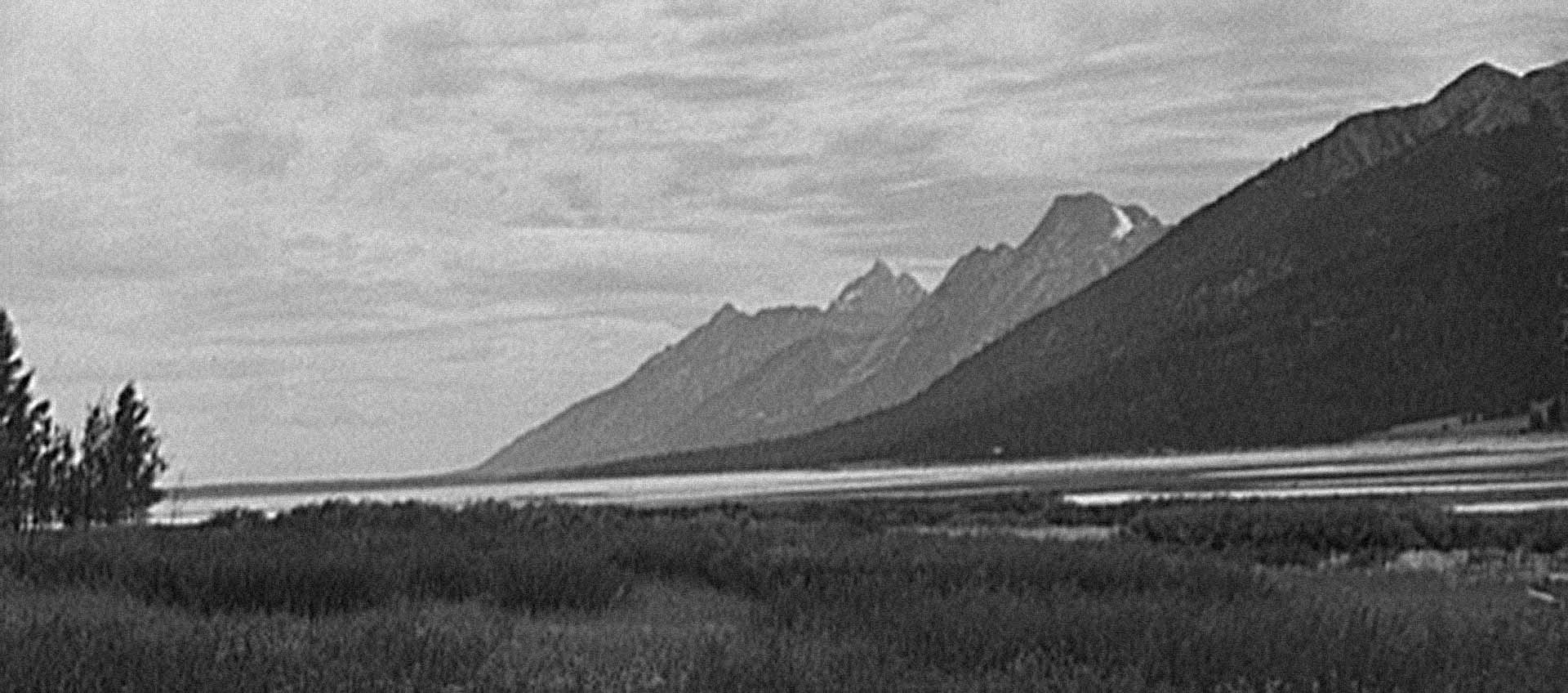
Grand Teton, Wyoming, 1941
THE ARROW'S HEAD

It is no coincidence that the emblem of the National Park Service is a hand cut Native American arrowhead. The Parks, throughout their history, have been used as a weapon against the native populations of the United States. For the most part the lands were taken from the various tribes via forced relocation. The logic behind this being that the areas would serve as a refuge for the natural beauty of the US; safe from the onslaught of our industrialized society. The lands would serve as a destination for citizens that wanted to see what North America looked like before their European ancestors irreparably altered it. Families would be able to visit these places and see the wild untamed natural world in all of its grandeur, sans the non-family friendly populations of Native Americans, wolves, or any other potentially harmful creature.
Eventually however, the European descents found a quaintness within the imagery related to the original inhabitants of the parks. As the saying goes, "you don't miss your water 'til your well runs dry". Adventurous visitors to the park, who for the most part had no first hand memories of the annihilations of the original inhabitants, became curious about these fabled characters. Serialized stories of Wild West encounters between the white man and the "red-skinned marauding Indians" attracted romanticized re-imaginations of the park's past. Stories that detailed the lone wolf of the American west as a fabled and mystical creature excited the imaginations of a population that, only a few generations before, would have been repelled by the idea.
Ancient Wolf Hunt

Ancient Wolf Hunt
WOLF REINTRODUCTION PROGRAM

In 1995, nearly seventy years after the last known birth of a wolf cub in Yellowstone National Park, a program was orchestrated to re-introduce the native population of canines. Ostensibly for the purpose of repairing the damage done by their forefathers, the Park Service was equally as interested in sprucing up its public image and the representation of the park as a great bastion for untamed America. Ironic of course because the animal was technically no longer native to the habitat.
For the program, 31 Canadian Gray Wolves were relocated several hundred miles south from their homes, and into a land that was completely foreign to them. For the packs that were affected by the move, their sense of sovereignty must have been completely turned upside down. No doubt within those packs, some members must surely have descended from animals that had previously fled the park decades earlier. Now to be returned to these lands, I wonder if some kind of inherited memories were passed down from their ancestors.
Artic Wolf killed near Fort Conger, ca. 1884
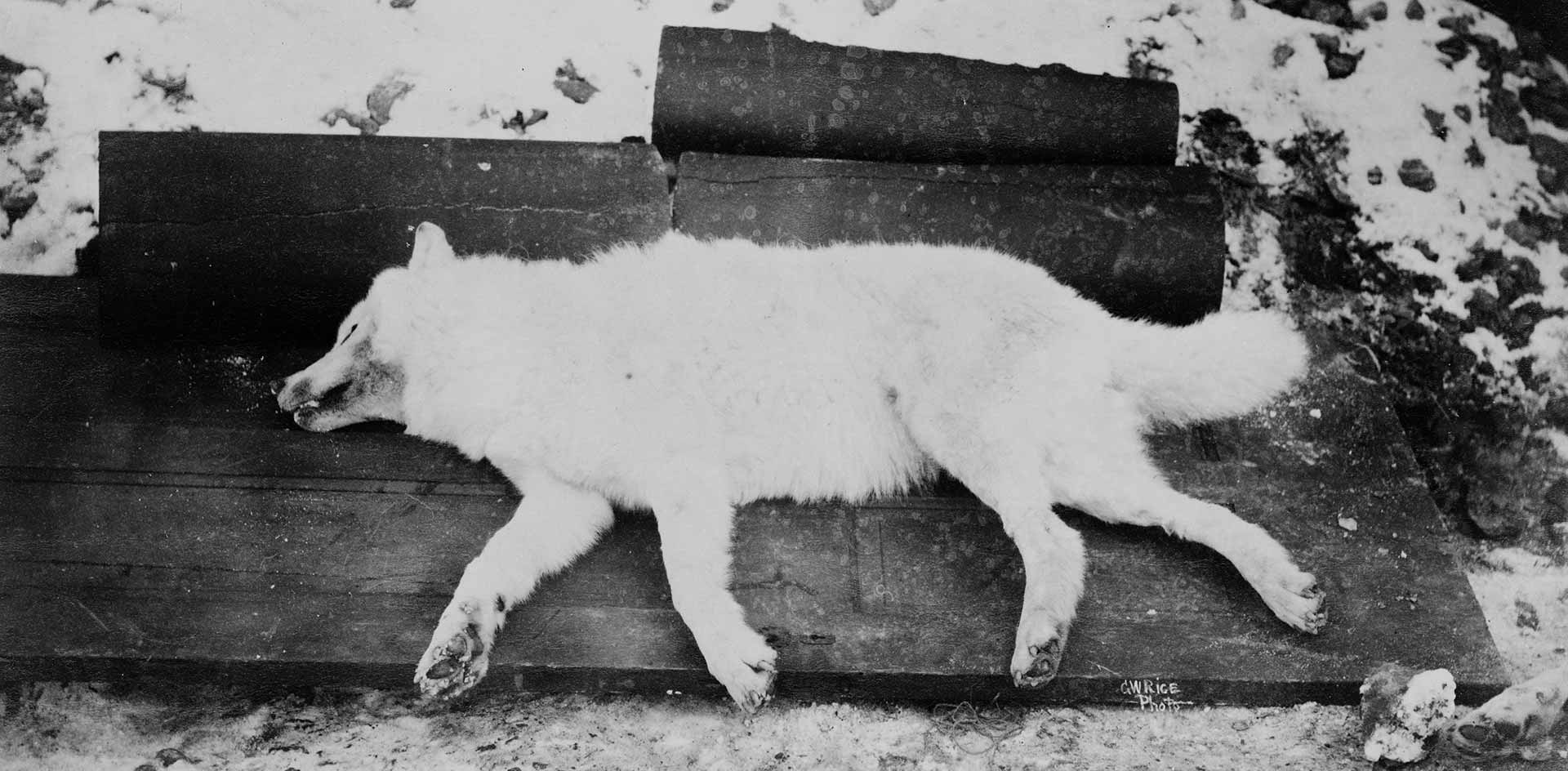
Artic Wolf killed near Fort Conger, ca. 1884
THE TETON PACK
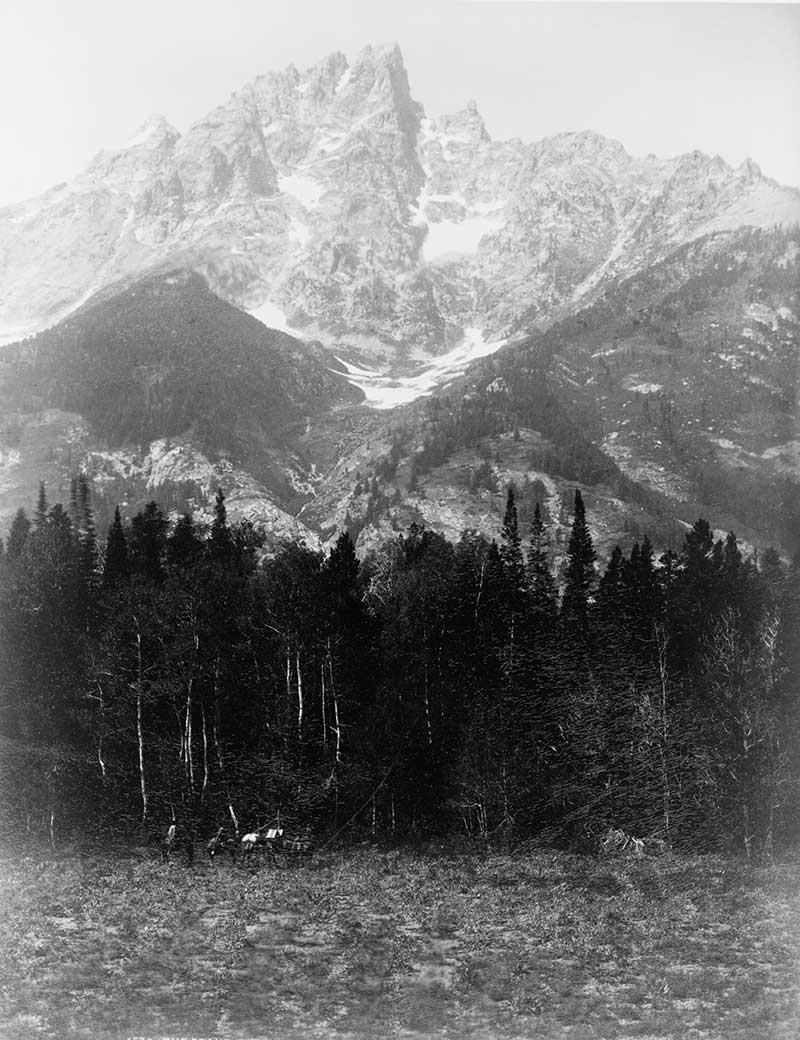
Only a ten mile drive south from Yellowstone, down the John D. Rockefeller Memorial Highway, another national park of equal if not greater beauty can be found. Grand Teton, the highest point within the park and what gives the area its namesake was first described by French explorers of the region; hence the French description of "Large Teat". The park was officially established six months prior to the onslaught of the Great Depression, in 1929.
One of the most pristine of all of the continental National Parks, the area's wildlife has been described as being more or less unchanged since prehistoric times. In 1999, after a pack of wolves from the reintroduced Yellowstone pack migrated south into the Teton region, researchers in the area came to consider the park as, once again, a complete ecosystem unaltered by human interference. Of course millions of campers and mountaineers visit the park on an annual basis, but their impact on the flora and fauna have been some of the least encroaching of all preserved wild-life areas.
Of this new pack of inhabitants to the area, a female specimen named 24(F) (i.e. the 24th female collared by researchers) has come to play a very special role in our future. Born in Yellowstone, her father was a member of the original pack that had been re-introduced to the park in 1995. At some point after making her way down to the Teton area she mated with another Yellowstone specimen, 133(M), and subsequently sired a litter of five pitch-black pups; the first wolves born in the Teton region in over 70 years. It is believed that built into her DNA, the genetic material that she passed down to her five babes, was the memory of humankind's propensity for interfering with the natural world in order for it to match more closely to its conception of what a savage undomesticated existence looks like.
An Apsaroke burial platform, ca. 1908

An Apsaroke burial platform, ca. 1908
INTERSTELLAR DELIVERY
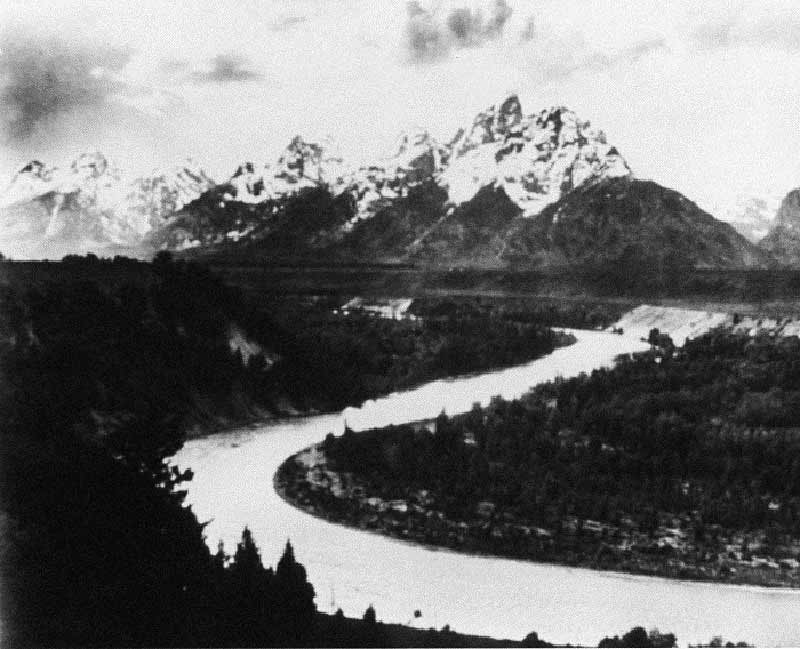
Remember again our Voyager traveling billions and billions of miles away from all of these stories that we have encountered since its last mention. Consider now the manifestation that it has undergone of all of our hopes and dreams as a species. It has allowed us to reach out farther than was ever thought possible only a century ago. It has been created through the technological advancements of wars across our planet which have killed countless masses of human beings. It will one day spread our message of hope, a realistic portrayal of fact or not, to a being in some far off universe the light of which might not have even touched our planet yet. This being, should it be able to decode and install the Golden Record, will be able to catch glimpses of our story. It will be able to experience Ansel Adam's beautiful photograph of the Grand Tetons and Snake river that he captured in 1942.
The Voyager was also able to return to us a glimpse of ourselves as a singular entity in the Pale Blue Dot image of 1990. More importantly, however, on September 29th, 2012, the probe returned a cannister to our planet that contained some of the most magnificent cargo that civilization has ever experienced. It is cargo that has signaled a new chapter in our history. The manifestation of our will to explore and concur the unknown has been presented back to us in a physical form.
Wyoming, 1887
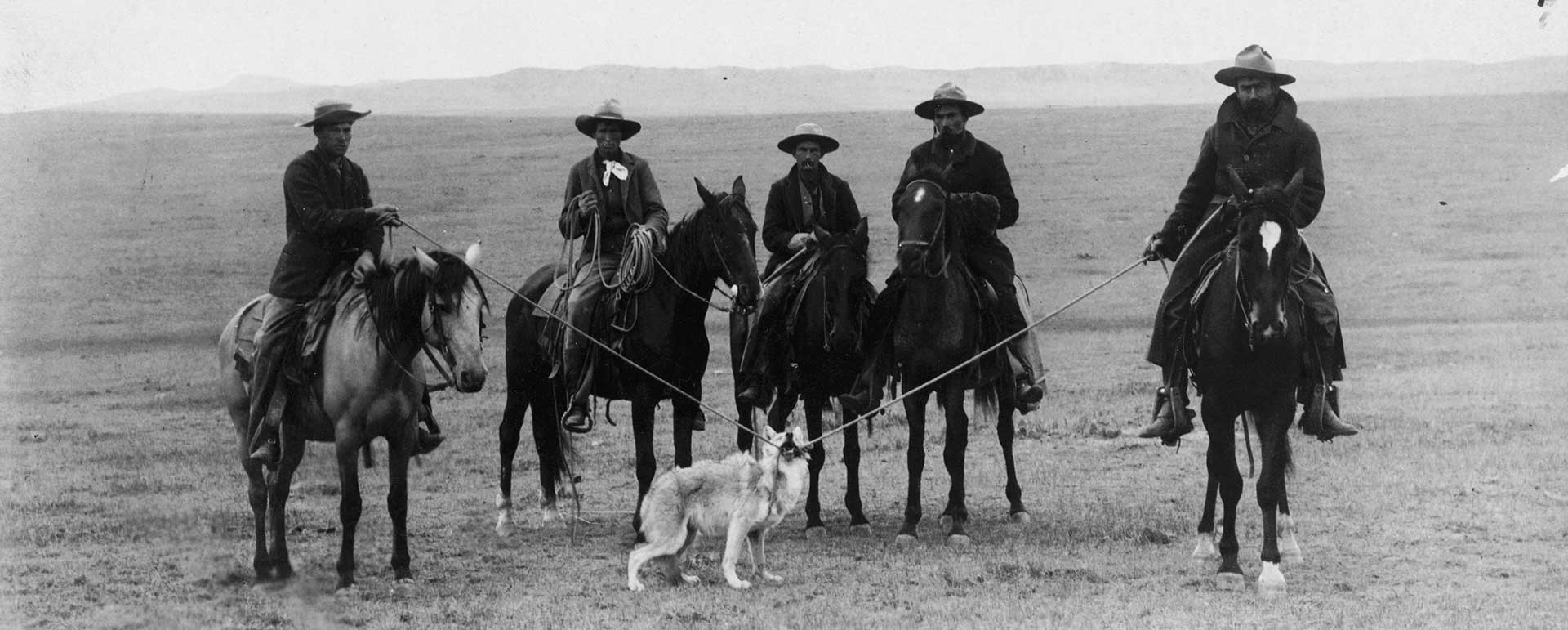
Wyoming, 1887
THE MIX-UP
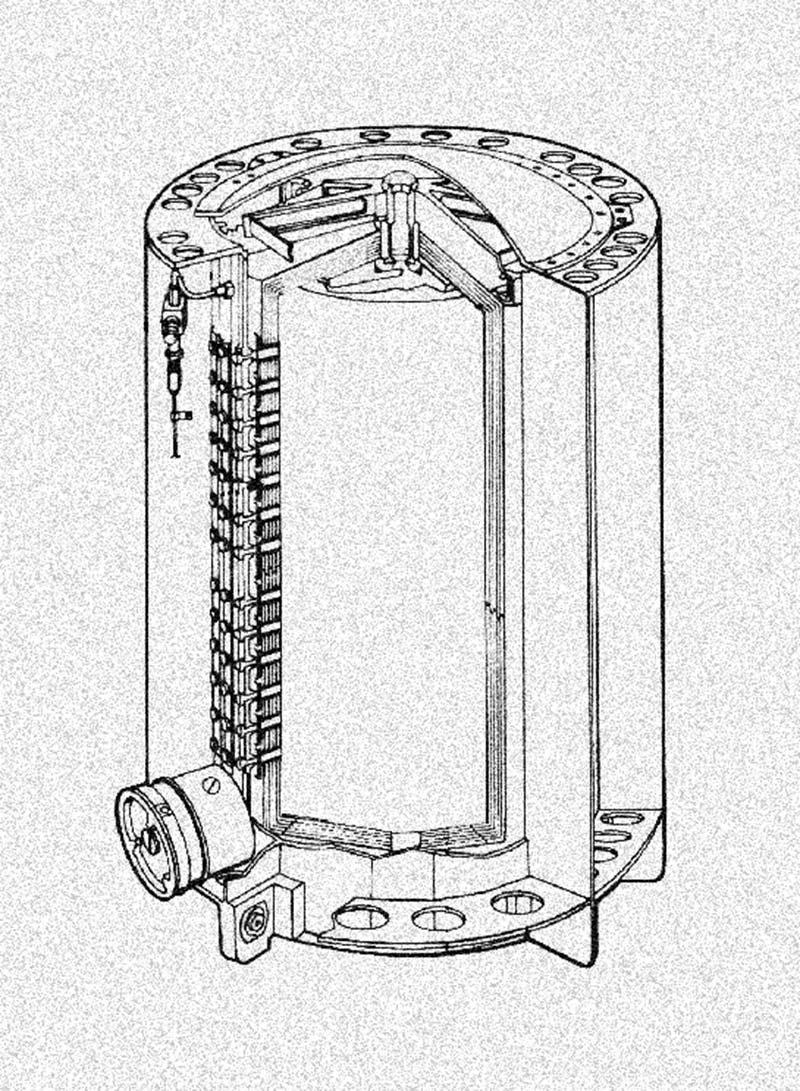
From the day that the Voyager launched, the team responsible for the mission intended to have two cannisters returned to us on Earth. The first cannister was the collection of various animal and human semen which, having been allowed to absorb any and all affects of deep space, would be examined to see if any significant changes had taken place. We weren't really sure what, or if any , alterations would be made to the samples along its voyage but we were curious none-the-less. The second cannister would return the interstellar matter collected by the Voyager once it entered the space between the stars. At the time of launch we didn't really know what to expect as far as that was concerned. Since then we have come to find out that this matter was in fact the Celestial Grime that composes the majority of interstellar space.
And then there was Carl with his seemingly harmless plan of retribution. Feeling embittered about the destruction of the original Voyager and the secret cargo that it held, Carl's plan to defeat the Hercules project once and for all was to transplant his own semen into the Voyager. Unfortunately, in putting the two cannisters back into their compartments, Carl made an error. The empty cannister that was meant to be the collecting agent of the Grime was accidentally put back into the wrong alcove. Therefore, the cannister that held the various animal and human semen specimens (now including Carl's seed) was returned to the compartment that was designed to allow the Grime to be collected. In the end, what was returned to our planet was one completely useless empty cannister and one that held an entirely new destiny for our human race.
Within the second cannister an astonishing transformation occurred. The grime from deep space, a thousand tiny artifacts from the birth of our universe, had been mixed together with the seeds of men and the wild and domesticated animals that they share this planet with. Thousands of years of humanity's indomitable will to understand and subjugate our wild unknown world, and the universe beyond that, have manifested within the recombinant Semen Grime and wholly altered the RNA structure of the matter. From the Voyager probe lingering billions of miles from its home in the search of unknown possibilities, to the once wild horse bent, over several generations, to obey the will of its human owner, every aspect of who we are as a species was transferred physiologically into this new matter.
